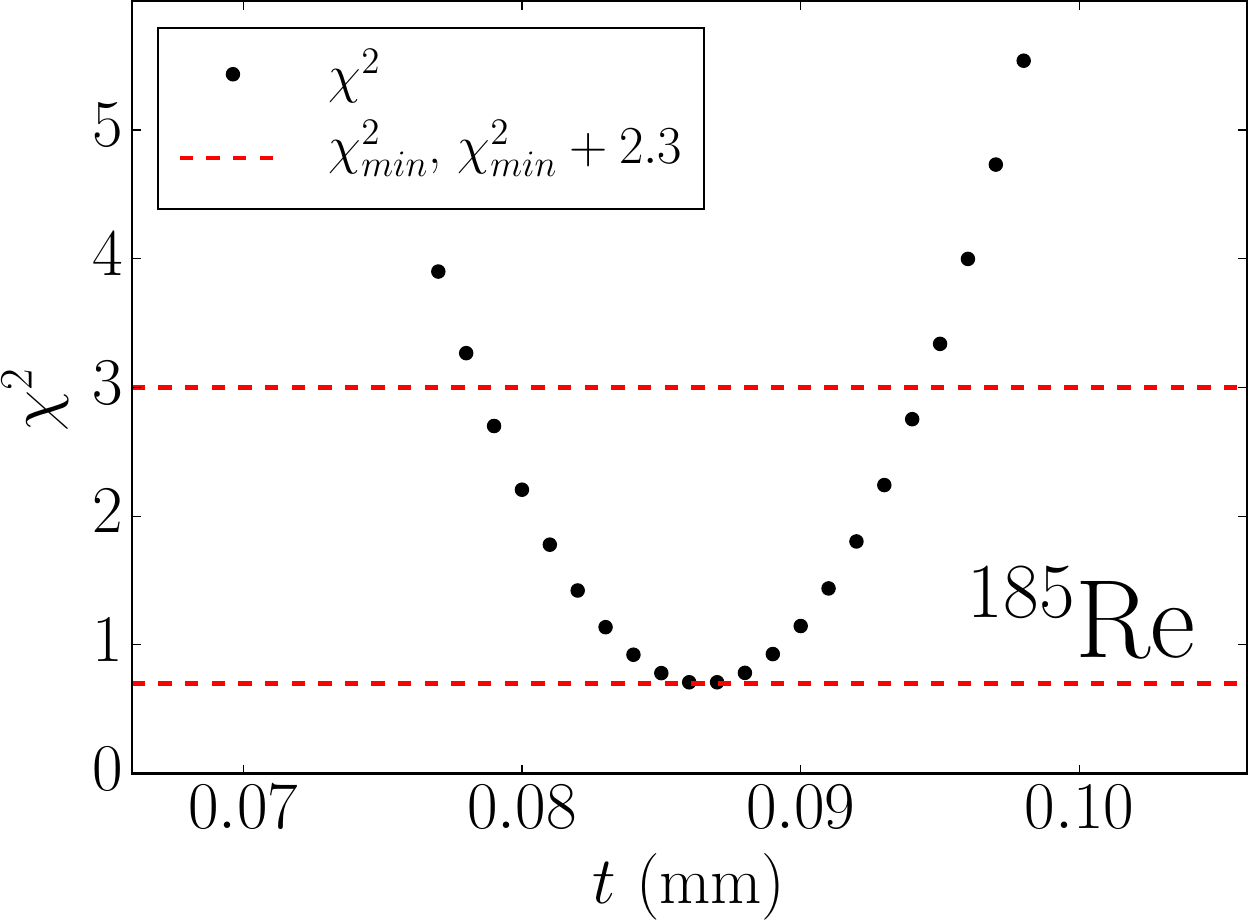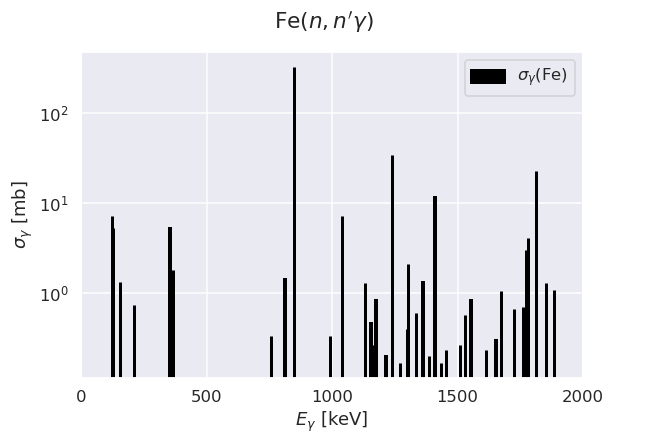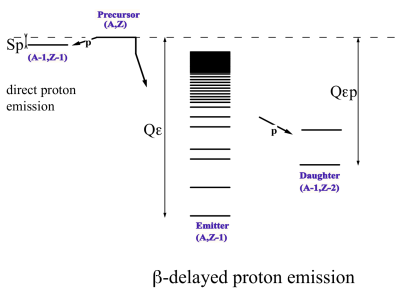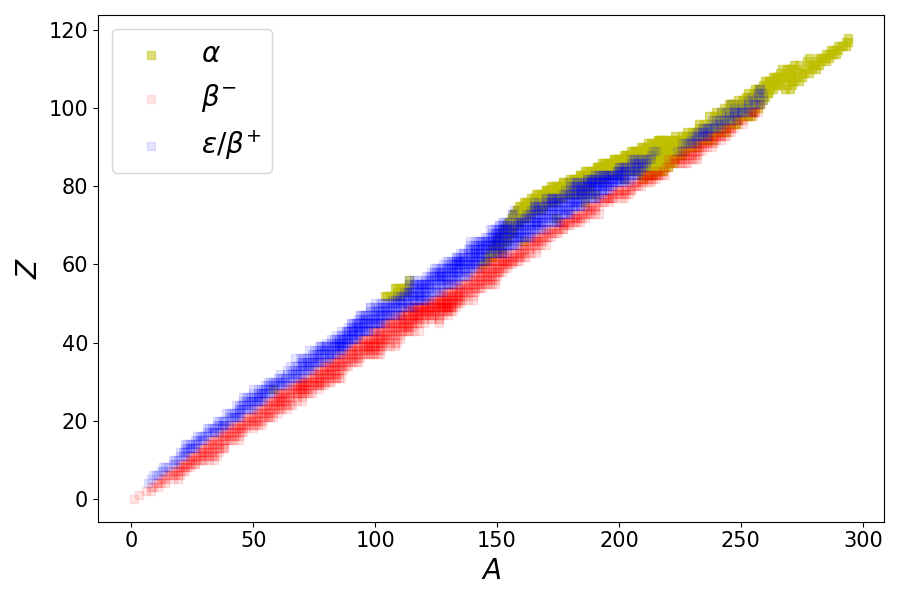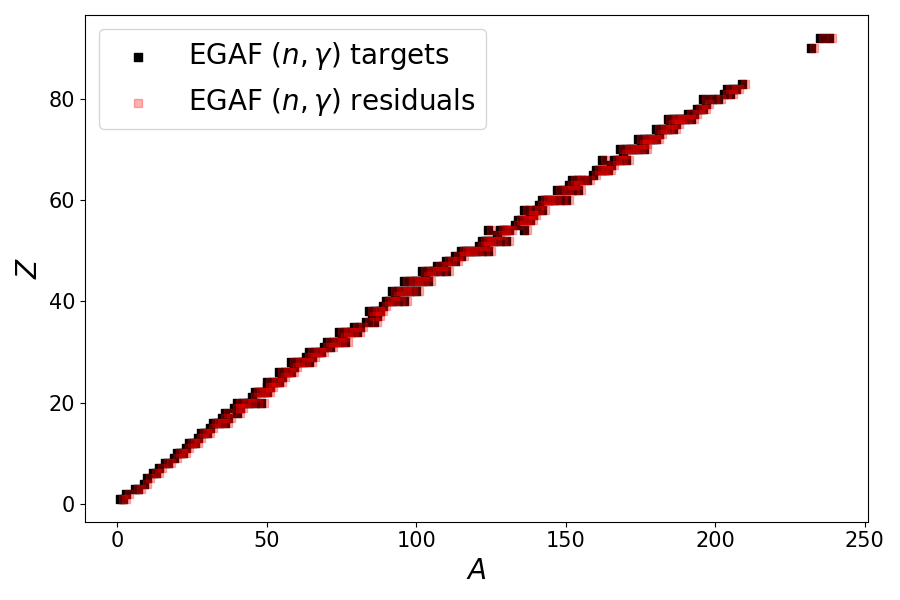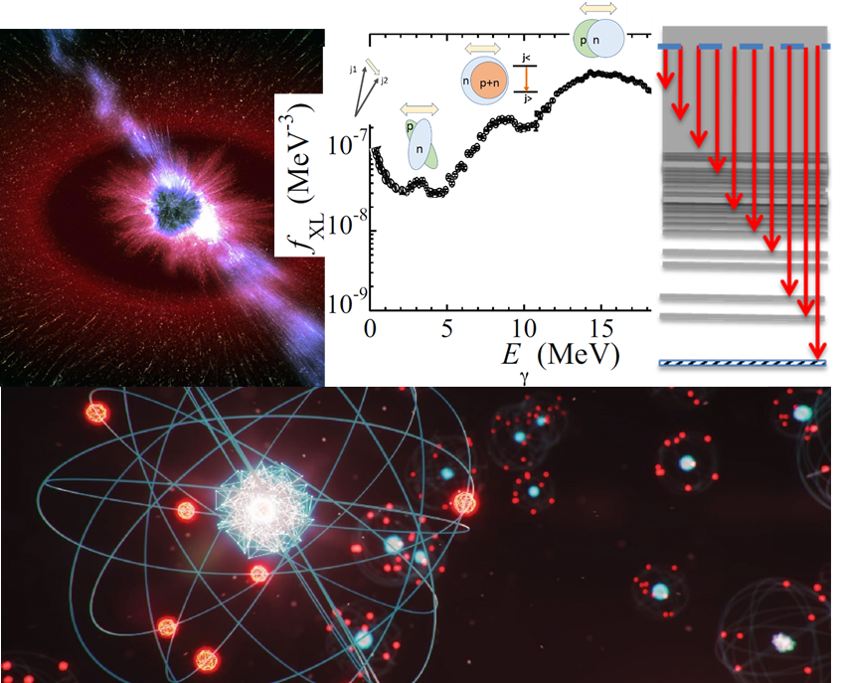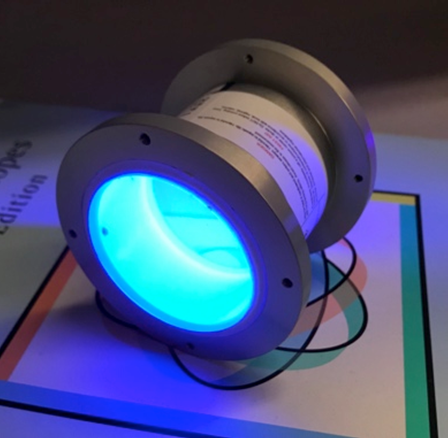References
[GOR2019] S. Goriely, P. Dimitriou, M. Wiedeking, T. Belgya, R. Firestone, J. Kopecky, M. Krtička, V. Plujko, R. Schwengner, S. Siem, H. Utsunomiya, S. Hilaire, S. Péru, Y. S. Cho, D. M. Filipescu, N. Iwamoto, T. Kawano, V. Varlamov, and R. Xu , "Reference database for photon strength functions," Eur. Phys. J. A, 55, 172 (07 October 2019), doi:10.1140/epja/i2019-12840-1.
[HUR2023a] A.M. Hurst, B.D. Pierson, B.C. Archambault, L.A. Bernstein, and S.M. Tannous, "A decay database of coincident γ-γ and γ-X-ray branching ratios for in-field spectroscopy applications," Eur. Phys. J. (Web of Conf.), 284, 18002 (26 May 2023), doi:10.1051/epjconf/202328418002.
[HUR2023b] A.M. Hurst, R.B. Firestone, and E.V. Chimanski, "pyEGAF: An open-source Python library for the Evaluated Gamma-ray Activation File," Nucl. Instrum. Meth. A, 1057, 168715 (23 September 2023), doi:10.1016/j.nima.2023.168715.
[HUR2021] A.M. Hurst, L.A. Bernstein, T. Kawano, A.M. Lewis, and K. Song, "The Baghdad Atlas: A relational database of inelastic neutron-scattering (n,n′γ) data," Nuc. Inst. Meth. A 995, 165095 (11 April 2021), doi:10.1016/j.nima.2021.165095.
[HUR2015] A.M. Hurst, N.C. Summers, L. Szentmiklosi, R.B. Firestone, M.S. Basunia, J.E. Escher, and B.W. Sleaford, "Determination of the effective sample thickness via radiative capture," Nucl. Instrum. Meth. B, 362, 38 (14 September 2015), doi:10.1016/j.nimb.2015.09.003.
